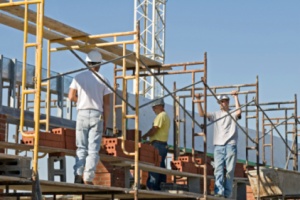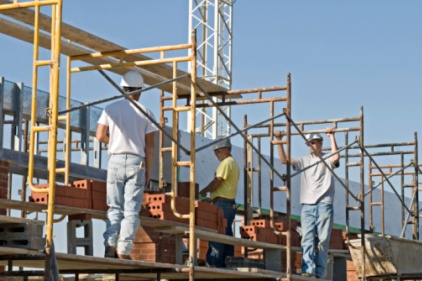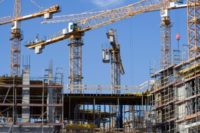States that report low numbers of nonfatal injuries among construction workers tend to have high rates of fatal injuries, while those with low fatality rates tend to report higher numbers of nonfatal injuries, according to a new study from the RAND Corporation.
 Researchers found that the states with the low nonfatal injury rates and high fatality rates tended to be in the South, have lower worker compensation benefits, be less unionized and pay lower wages. In contrast, states with high nonfatal injury rates and lower fatality rates tended to be in the West, pay higher benefits and wages, be more strongly unionized and carry out more workplace inspections.
Researchers found that the states with the low nonfatal injury rates and high fatality rates tended to be in the South, have lower worker compensation benefits, be less unionized and pay lower wages. In contrast, states with high nonfatal injury rates and lower fatality rates tended to be in the West, pay higher benefits and wages, be more strongly unionized and carry out more workplace inspections.
"We were surprised by the relationship between fatal and nonfatal injuries," said John Mendeloff, lead author of the study and a senior policy researcher with RAND, a nonprofit research organization. "One key factor influencing injury trends seems to be the scope of benefits offered by a state's workers' compensation program, but that explains only part of what we found."
The study found states with the highest number of nonfatal injuries and lowest number of fatal injuries were Arizona, California, Maine, Oregon, Washington and Wisconsin. States with the highest number of fatalities and lowest number of nonfatal accidents were Alabama, Arkansas, Georgia, Kentucky, Louisiana and Tennessee.
The study was published in the April issue of the American Journal of Industrial Medicine.
Using data collected by the federal Bureau of Labor Statistics, Mendeloff and co-author Rachel Burns examined fatal and nonfatal injuries in the construction sector on a state-by-state basis for the years 2003 to 2005 and 2006 to 2008. The construction industry has the largest number of fatalities among all industrial sectors.
Mendeloff said some might argue that the fatal and nonfatal injury rates should not be linked together because many causes of deaths are different than the causes of nonfatal injuries. However, Mendeloff said very few would have expected that the rates would be inversely related.
Researchers found that more-extensive workers' compensation benefits are associated with higher reports of nonfatal injuries, largely because such benefits provide more incentive for workers to report injuries. At the same time, it is plausible that the costlier premiums that result from higher benefits provide a stronger incentive for employers to prevent injuries.
However, the study notes that workers' compensation is unlikely to be the whole story. Twenty-one states have their own Occupational Safety and Health Administration enforcement programs for the private sector and several of those vary significantly from the federal OSHA programs. States also differ in their labor markets, including the role of labor unions and the level of unemployment and wages, as well as cultural factors such as habits of compliance with government regulations.
Mendeloff said the RAND study demonstrates that it makes a great deal of difference which outcome measure is used to assess safety and health. Because fatality rates are measured quite accurately, the findings suggest that states reporting low non-fatal rates and high fatality rates are probably underreporting the former.
In addition, the study suggests that, to a certain degree, reporting more injuries can be a sign of a better worker safety program. Mendeloff compared it to the reporting of medical errors by hospitals: higher reporting levels often mean more honest reporting and more opportunities to learn from the errors.
Research for the study was funded by the Commonwealth of Pennsylvania and internal funds from the RAND Center for Health and Safety in the Workplace. The mission of the center is to conduct research and analysis that helps improve worker health and safety and reduce the economic costs of workplace accidents and illnesses.



